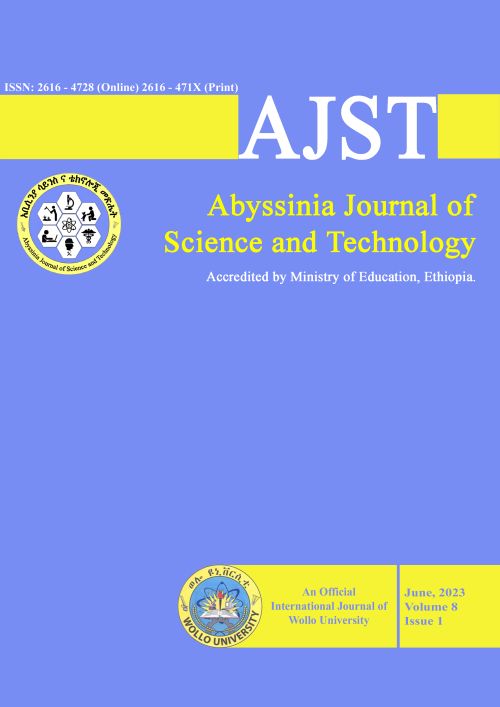Main Article Content
Combining ability of maize (Zea mays L.) inbred lines for high potential areas of West Gojam, Ethiopia
Abstract
Maize (Zea mays L.) is one of the most important cereal crop cultivated globally. The development of inbred lines and hybrids is among the most widely used breeding strategies in maize. Choice of promising germplasm with good combining ability is a key to the development of high yielding maize varieties. Hence, the study was carried out with the objectives of determining the general and specific combining abilities of maize inbred lines and identifying crosses with higher grain yield and other important characteristics. The experiment consisted of thirty crosses and three popular standard hybrids were laid out in alpha lattice design with two replications during the 2018 cropping season at Adet and the data were analyzed using SAS software. There was a significant difference (p<0.05) among genotypes for all the traits except number of kernels per row and ear length. Mean squares for general combining ability of lines were significantly different at 1% and 5% probability levels for all evaluated traits, whereas specific combining ability was significantly different at 5% probability only for days to maturity, ear height, harvest index and thousand kernel weight. Among the tested inbred lines, L4 was the best combiner followed by L11 for grain yield with the general combining ability effects of 2867.73 and 488.70, respectively. L11 x T2 was the best cross for grain yield with the specific combining ability of 1035.67. Therefore, the crosses (L4 × T1) and (L4 × T2) as well as L11 x T2 are can be utilized for developing high yielding hybrid varieties.







